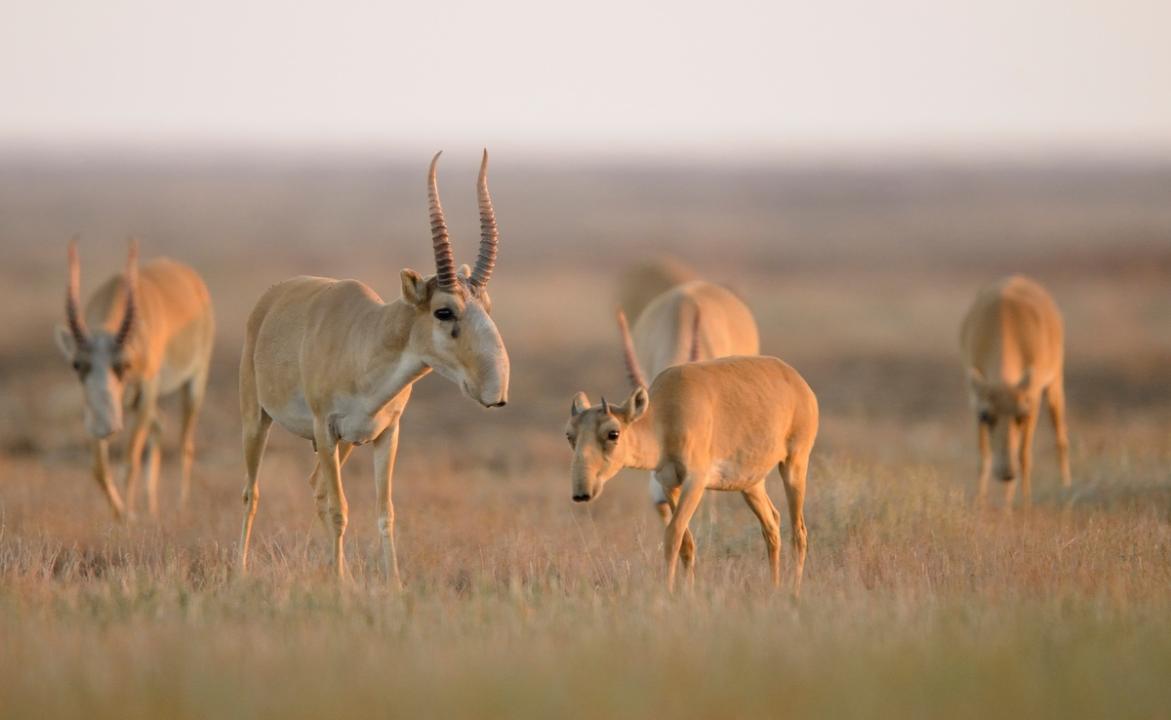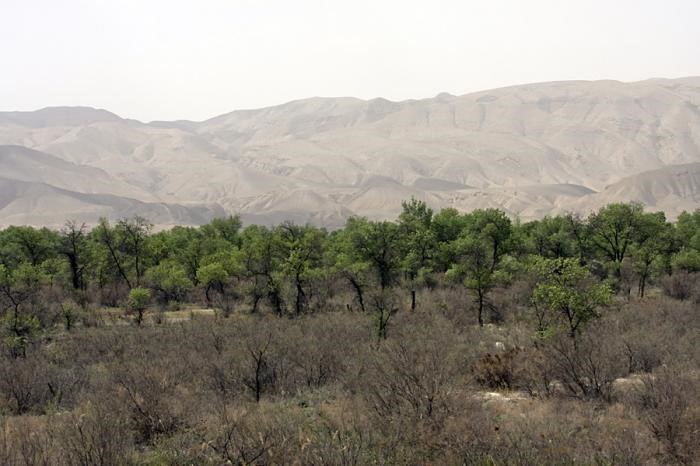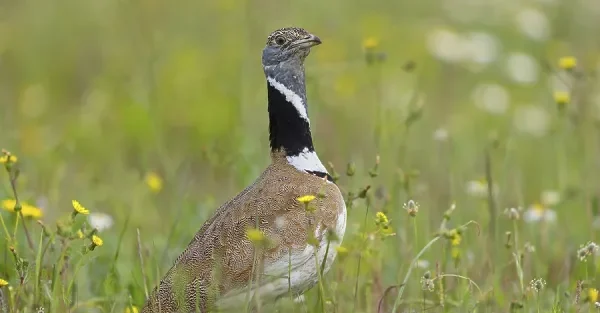The Minister of Ecology and Natural Resources of Kazakhstan, Yerlan Nysanbayev, has announced that the number of saigas in Kazakhstan has risen to around four million, equivalent to 99% of the global population.
Just over half of the population – 2.8 million- resides in West Kazakhstan Oblast and the overall figure takes into account those born during May’s birthing season.
The presence of such large numbers of this type of antelope has not however, always been welcomed. As referenced by Nyanbayev, to lessen their damage to agriculture, Kazakhstan had previously taken measures to regulate the population. As recently as 2023, 42,000 saigas were seized, with their meat sold through processing plants in four regions.
Under instruction of the Head of State, the practice has been stopped and commending the move, Nysanbayev reported, “No other state today has such a population. This is thanks to the efforts that the state: Money was spent, specialized enterprises were organized, and many legislative measures were taken.”
Saigas are one of the oldest breeds on the planet, dating back 250,000 years. Capable of reaching speeds of up to 80 kilometers per hour, and with unique nasal filters to help clean the air of dust and keep cool in the heat, the saiga migrate great distances, traveling up to 1,000 kilometers in search of food.
A ban on shooting and hunting saigas in Kazakhstan was introduced in 1999. This decision was part of a conservation effort to protect the animals, whose population had been significantly reduced by poachers intent on seizing their horns, highly valued in traditional medicine.
In December 2023, the International Union for Conservation of Nature (IUCN) updated the status of the Saiga from Critically Endangered to Near Threatened, but estimated the global population at 1.9 million, up from a low of 39,000 as recently as 2005. An April 2024 survey conducted by the Altyn Dala Conservation Initiative, however, recorded a population of 2,833,600 in Kazakhstan prior to the birthing season. The figure 4.1 million, therefore, falls within the range of the recent average increase in numbers of 48%.
Saiga Antelopes – which migrate in excess of 1,000 kilometers between their summer and winter ranges because of “extreme variations” in climate – remain acutely susceptible to sudden mass deaths from pasteurellosis, an acute bacterial disease which killed up to 200,000 of the species in a three-week period in Kazakhstan in 2015.









